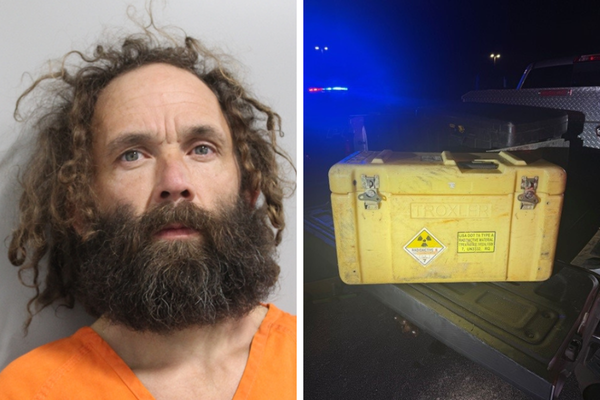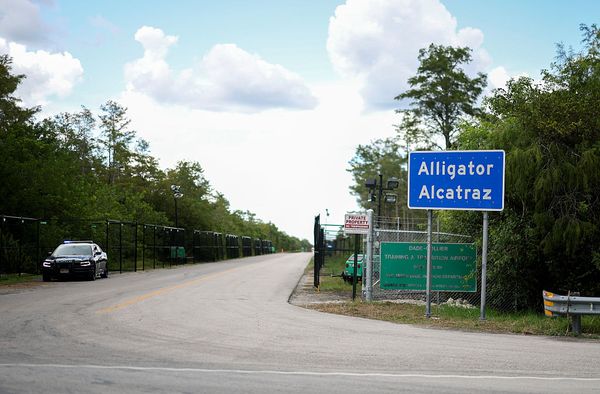
Twenty Israeli hostages held in Gaza are set to be released on Monday morning under a landmark ceasefire deal between Israel and Hamas, a watershed moment in the ongoing conflict. The scheduled handover follows weeks of intense diplomatic negotiations led by the United States, with support from Qatar, Egypt and Turkey.
The expected release will take place via the International Committee of the Red Cross. Once in custody, hostages will be transported to military bases in Israel for medical checks before reuniting with their families. This first phase of the deal is expected to bring an end to one of the darkest episodes of the conflict that began with the Hamas attack on Israel in October 2023.
According to officials, the deal involves the handover of 20 living hostages and the remains of at least 28 others. Israel estimates that a further 48 hostages remain unaccounted for.
A Ceasefire Tied to a Prisoner Exchange
The hostage release is part of a wider agreement brokered by the US under President Donald Trump. Under the terms, Israel and Hamas have agreed to a full ceasefire, the release of all hostages held in Gaza and a large-scale prisoner exchange.
In exchange for the hostages, Israel will release nearly 2,000 Palestinian detainees, including individuals serving life sentences. The deal also includes a partial withdrawal of Israeli troops from parts of Gaza and the unimpeded delivery of aid, including food and medicine, into the enclave.
Analysts have described the agreement as unprecedented in scale. Israeli officials have confirmed preparations at hospitals and bases to receive the hostages. Forensic teams are also on standby to identify the remains of those who did not survive captivity.
Timeline and Logistics of the Release
The transfer is expected to begin early Monday morning. Hostages will first be handed over to Red Cross representatives at a designated crossing point. They will then undergo medical assessments and psychological support before returning to their families.
Israel has coordinated security operations to ensure the transfer is not interrupted. The military has emphasised that while the ceasefire is in effect, it remains on high alert to prevent potential attacks during the exchange.
Meanwhile, exact details on the release of Palestinian detainees have not been publicly announced. However a US government primer states that the process will be 'concurrent with hostage release'. Fatah leader Marwan Barghouti will not be among those freed.
Global Reaction and Cautious Optimism
The deal has been widely praised internationally. US officials described the agreement as a 'major diplomatic breakthrough'. Crowds have gathered in Tel Aviv's Hostages Square to await updates, waving flags and holding up photographs of loved ones still in captivity.
Many families expressed cautious optimism, while world leaders, including those in the European Union, have welcomed the ceasefire, calling it a crucial step towards stability. Humanitarian organisations have also emphasised the importance of allowing aid to flow freely into Gaza.
Unanswered Questions Remain
Despite the celebrations, questions remain about the fate of the 48 hostages who have not been accounted for. International monitoring teams will continue efforts to locate and recover any missing individuals.
Security analysts also warn that the ceasefire could be fragile. Previous truces have broken down within days, and both sides continue to face pressure from internal factions. Negotiators have signalled that further rounds of talks will be needed to secure long-term peace.
For now, Israel is preparing to welcome its citizens home, while the world watches closely as one of the most significant prisoner exchanges in recent history unfolds.







